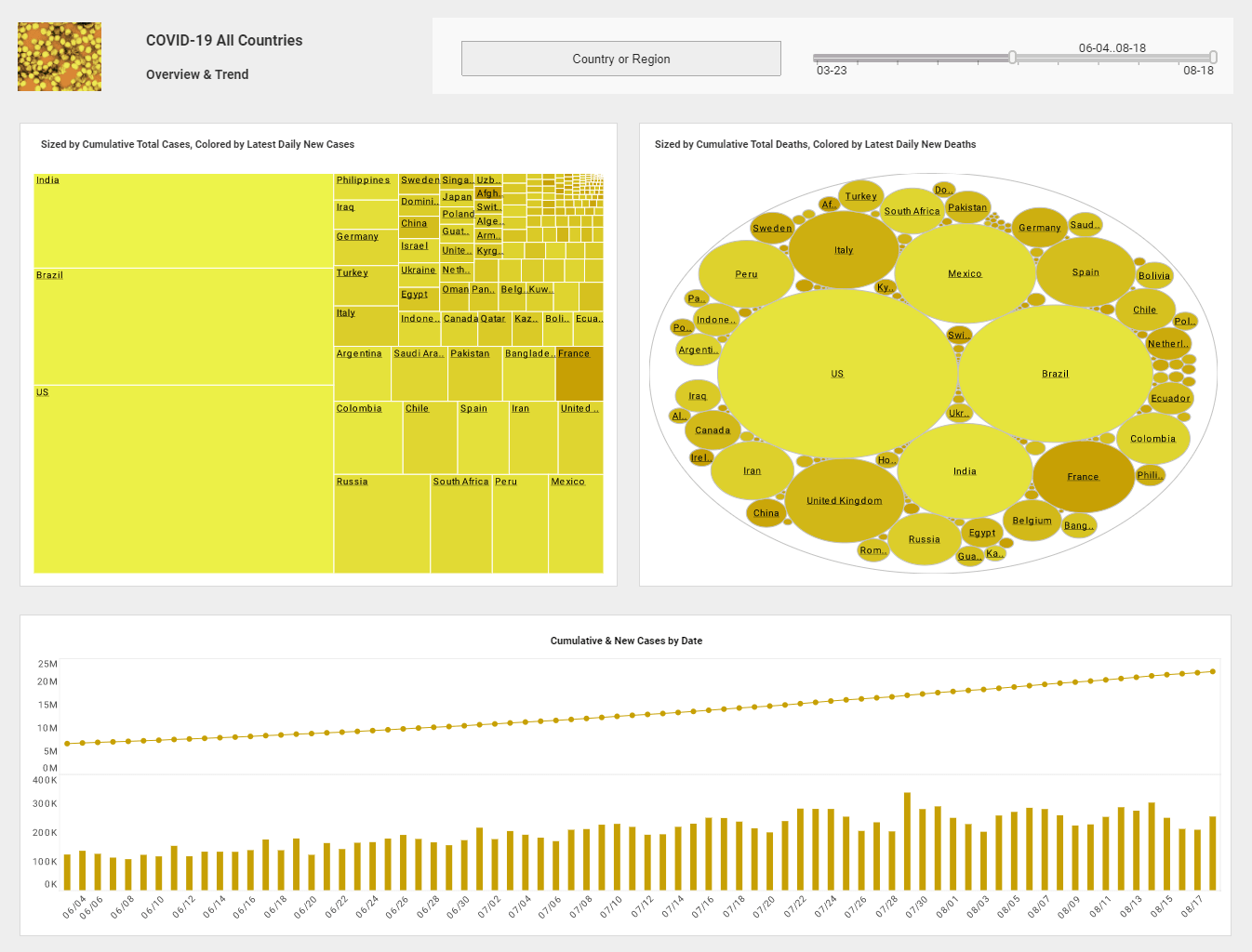InetSoft Seminar: Sound Strategy Leads to High Performance
This is the continuation of the transcript of an in-person customer seminar hosted by InetSoft on the topic of "How Performance Management Consultants Work." The speaker is Christopher Wren, Principal Consultant at TFI Consulting.
Sound strategy leads to high performance, and both of those are everyone’s job and everyone within an organization needs to know what they do is very important to the organization, and this is how it links to the goals. So when we are talking about organizations, one of the things to do is of course to analyze and first to really get a handle on what are these things and how do they operate.
They are living, breathing, dynamic things, entities, that you come into, and you really don’t quite know what really their pain buttons are. So, in most cases though, you are going to find some form of control, compliance, legacy type operations, and if you are going to want to move them towards performance and accountability, you are going to have to really go through a cultural change.
In the old-fashioned IBM -- well I shouldn’t pick on IBM. In the old-fashioned 1960s corporate world, guess where you were at, you were here. Companies were governed by the rules. There was limited flexibility. They were not operating preventively. They were not operating proactively. Most organizations they had a negative focus. I have got to go to work. I have got to make a living. I have got to pay my bills.
| #1 Ranking: Read how InetSoft was rated #1 for user adoption in G2's user survey-based index | Read More |
There was a control of teams and individuals. It was very hierarchical. It was oriented on the individual, the hero at the top that got these things done no matter how. They were highly reactive, very restrictive to individuals and entrepreneurs within those organizations, and in many cases non motivational. You went to work because you had to have a paycheck, and you were looking for that 35 year retirement.
So now you got to move an organization with a completely different culture, a culture where everyone is really driven by the vision and mission, where the customer is number one, and it’s not just a slogan, it is exercised in the day-to-day operations, where employees are responsive, where employees are flexible and adaptive, where the organization acts very preventive, very proactive. It promotes a positive focus and does everything actually to achieve that kind of focus, where things are team based and where people are strategic and highly motivated.
So, how do you achieve that change from one to another? There is no magic bullet, there is only hard work, and that’s really what it boils down to. What the primary focus has to be in order to move a company from one to the other, it has to be really on the culture of the organization.
Recently I heard a presentation which was just fantastic. The gentleman talked about the ‘have to’ versus the ‘want to’. That’s exactly what you want to do. You want to move that organization from a status where people have to do these things to an organization where people want to do those things. That will really unleash sustainable performance improvements.
 |
Read the top 10 reasons for selecting InetSoft as your BI partner. |
And last not least, you do need executive commitment. There is no doubt that you will fail unless you have that kind of commitment to make these changes because a lot of these changes are organizational. They address HR. They address how you manage people, and that cannot usually be achieved at a lower level.
The balanced scorecard is a tool. It's one of the tools that we use. It's not the only tool that we use, and I am not here to advertise necessarily for it. Quite frankly, it's a fantastic idea. I am kind of surprised that it took a couple hundred years of corporate life to actually get to the fact that happy people make happy customers make better products and that leads to an increase in the profitability of a company. I am amazed that it took two guys to actually document what should be common sense to almost everyone.
If you think back 500 years ago, every craftsman or any shoe cobbler or anyone that made anything within their own business, guess what they were focusing on, quality of their product, the price of their product, the satisfaction of their customer. It shouldn’t be that new. It is new though. It sounds very simple, but very hard to implement.
| Previous: How Performance Management Consultants Work |


